What do ducks feed on? And how?
 Jun 10, 2016 • 4:52 PM UTC
Jun 10, 2016 • 4:52 PM UTC Unknown Location
Unknown Location 140x Magnification
140x Magnification Microorganisms
Microorganisms
Saad Bhamla
Learn about the author...
32posts
11comments
2locations

I was on the Carmel beach and observed a couple of mallards feeding. They were at the edge of the water and would wait for the tide to come in. As soon as the waves would break on the beach, they would peck away, till the next wave.

Curious as to what they were feeding on, I scooped up some water and sand as the next wave crashed in a plastic tube.

Back at the station, I emptied it out in a Petri dish and with my naked eyes, just see a lot of sand.




I mounted a couple of drops into a slide, and took a look with the foldscope.
I made a few videos of some ciliates and other creatures moving between the sand grains. I suspect that these were the tiny microorganism that the ducks were feeding on.
I made a few videos of some ciliates and other creatures moving between the sand grains. I suspect that these were the tiny microorganism that the ducks were feeding on.
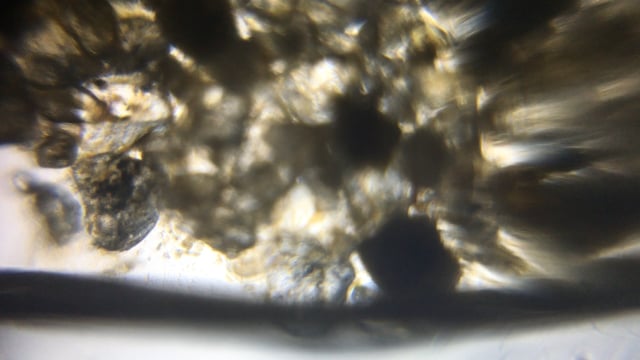
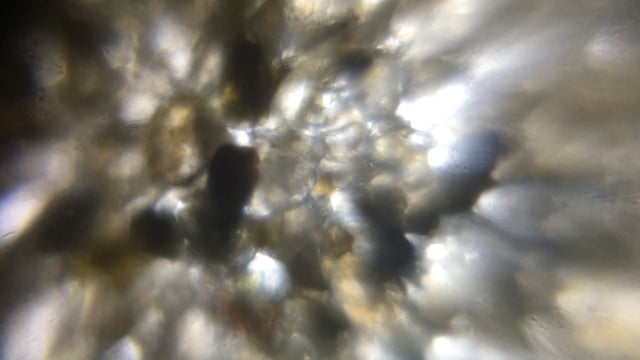
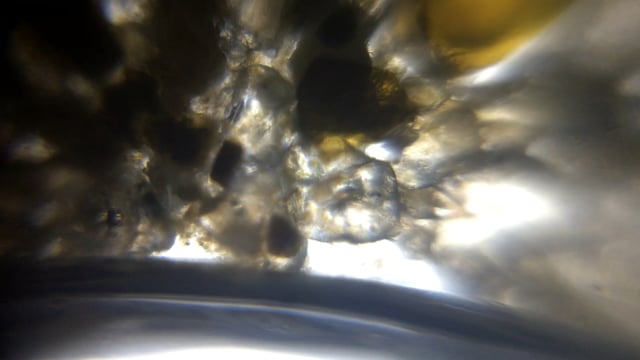
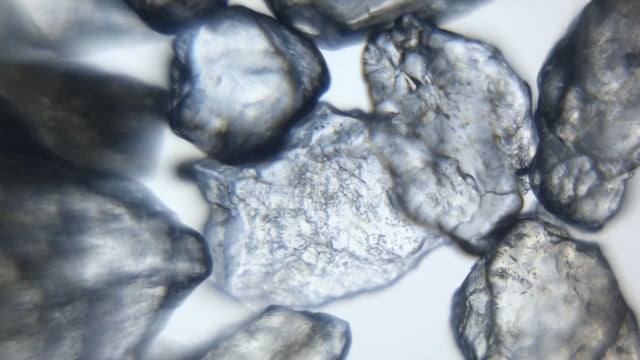
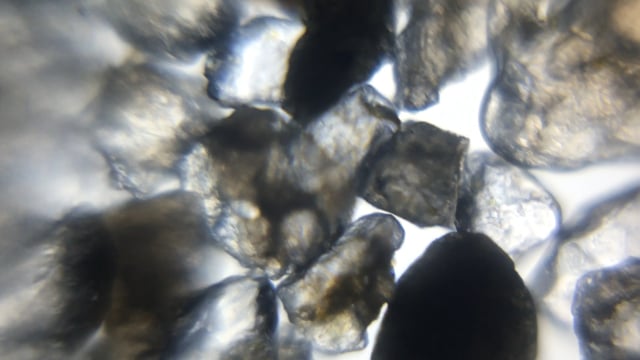
After examining the sand samples for over an hour, and observing the low density of organisms, I am definitely perplexed at the efficiency of the ducks feeding strategy. It is of course entirely possible that I didn’t ‘catch’ the creatures that the ducks were quickly trapping with their beaks (fleas?). But it still makes me wonder how filter through all this gravel.
In any case, for the first time, I also observed the remarkable beauty of sand grains.
In any case, for the first time, I also observed the remarkable beauty of sand grains.








Sign in to commentNobody has commented yet... Share your thoughts with the author and start the discussion!

 0 Applause
0 Applause 0 Comments
0 Comments

















